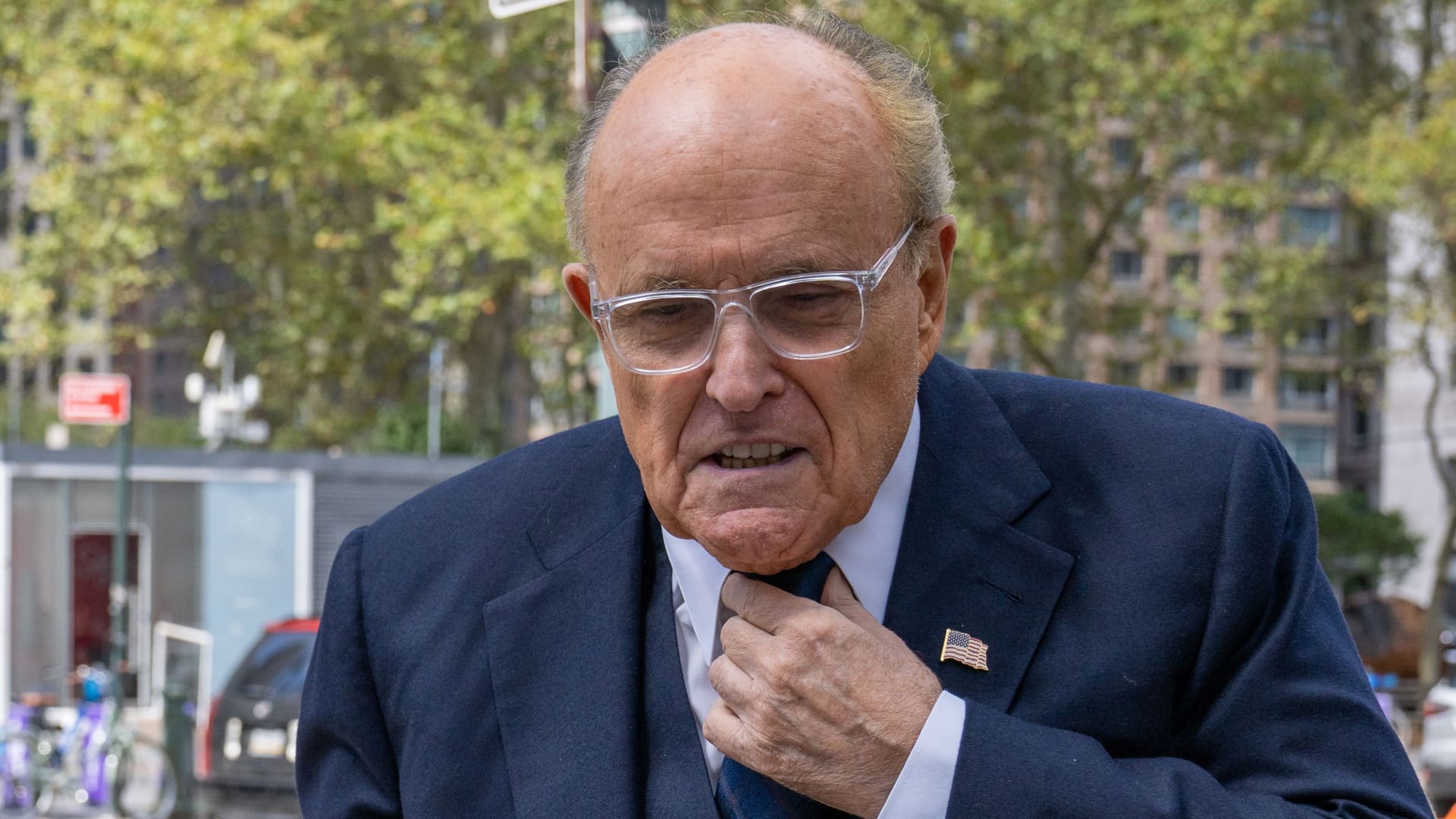
- Select a language for the TTS:
- UK English Female
- UK English Male
- US English Female
- US English Male
- Australian Female
- Australian Male
- Language selected: (auto detect) - EN
Play all audios:
West Bengal Chief Minister Mamata Banerjee has often been accused of “appeasing” Muslims who comprise 30 per cent of the state’s population. As her contribution to the educational uplift of
Muslims in Bengal, the Mamata government has done nothing except finance Aliah University and its three campuses. The worst thing that the Muslims of rural Bengal, particularly the younger
generation, face is the sorry state of the madrasa education system. Despite contributing many stalwarts whose contributions to the country is immeasurable, the madrasas of Bengal have been
in a state of decay due to the negligence and indifferent attitude by both the state government and the Muslim community of its golden history. Founded in 1780 by Warren Hastings, the then
governor of Bengal Presidency during the British East India Company regime, the Calcutta madrasa became the country’s oldest school and, irrespective of caste, creed and religion, started to
provide free education up to the secondary level. Many non-Muslims ranked in the top 10 or 20 list in the final board exam for various years. According to an _Asian Age_ report, it was
stated that 12 per cent students from non-Muslim communities are taught in madrasa. By 2008, it was upgraded to university status as Aliah University. The madrasas of Bengal are now going
through a crisis, particularly from 2014 to 2017, because of mismanagement and the delay in appointing teachers and non-teaching staff. Though the teachers’ recruitment examination was held
in 2014, no further procedure took place following a writ petition questioning the legitimacy of the examination authority. Madrasa education comprises two categories: 1) Muktab or Khariji
mode which is established, run and maintained by individuals or the Muslim community or organisations where religious courses are taught. 2) The second one comes under two categories a) High
Madrasa Education System, akin to a Madhyamik Board where except Arabic and Islam Parichay, the syllabus and subjects are the same with the prescribed Madhyamik Board. b) The old scheme of
Senior High Madrasa Education System, a balanced blend of religious teaching, Islamic culture and Theology, with modern education, Science, and Technology. The senior madrasas running from
Classes I to X are called Alim Madrasas where Bengali, English, Maths, and Science subjects are taught along with Arabic, Theology and Islamic culture. On the other hand, madrasas with
Classes from I to XII are Fazil Madrasas where Social Science, Language and Theology subjects are taught. The madrasa education system of Bengal has got national and international
recognition. For instance, Brookings Doha Centre, Washington cited the Bengal’s Madrasa as a model of secularism and said, “In other parts of the Muslim world, madrasas have served an
appropriate educational purpose. For example in West Bengal, India, a survey of Islamic schools in January 2009 found that because of the higher quality of education at madrasas, even
non-Muslims were actively enrolling in them.” Besides this, the president of Madrasa Education in the Left regime, Dr Abdus Sattar, attended the 32nd UNESCO Conference in Paris in 2003 for
his role in improving madrasa education and he is the first president of any madrasa directory who attended such a programme. The Minority Commission of the Karnataka State government showed
interest in taking up the educational model, curriculum, and syllabus of the WB madrasas for their madrasas. There are 614 government-aided madrasas in Bengal. To facilitate the recruitment
process for teachers and non-teaching staff for madrasas, the Left government in 2008 had set up the West Bengal Madrasa Service Commission (WBMSC). From 2008 to 2013, a total number of
8,573 teaching and 1,165 non-teaching staff were recruited for the 614 madrasas. But for the last three years from 2014, there has been no recruitment after the Calcutta High Court declared
the commission “unconstitutional” on a writ petition and gave the responsibility of recruitment to the respective managing committees of the madrasas. The writ petition was filed by Contai
Rahamania High Madrasa of Medinipur East on March 12, 2014, against an advertisement by the commission to 3,183 vacant posts published on February 6, 2014. The petitioners grounded the case
in terms of Article 30 of the Constitution, which give minorities privileges of setting up educational institutions which may be run and be administered by them independently, without any
interference by the state government or the WBMSC. The results of the written examination were published on September 5, 2016 after persistent protests by the qualifying candidates who
agitated under the banner of Bengal Madrasa Education Forum (BMEF), a non-political organisation formed to accelerate teachers’ recruitment process. On September 5, 2017, after a year of the
declaration of the result, the Calcutta High Court directed the commission to undertake the process of recruitment of 3,706 qualified candidates but the commission can’t recruit until
further notice comes from the court. The case has now reached the Supreme Court and the hearing is scheduled for January 2018. The worst condition prevails in two madrasas – Hirapur High
Madrasa situated at Khanakul, Hooghly district and Panchpara Junior High Madrasa in Howrah district – which are run voluntarily by local people by engaging unemployed students for a minimal
salary. Also, there are more than 150 madrasas which lack headmasters for quite a long time. According to the data of District Information School Education (DISE) and National University of
Educational Planning and Administration (NUEPA) for the session of 2015-2016, the total number of students in these madrasas is 5,39,657 and they have been taught by 9,628 teachers. The data
shows teacher-student ratio at 1:60, higher than the 1:40 for Bengali medium and 1:62 for Urdu medium madrasas with regional variations in the districts of Malda, Murshidabad, Uttar
Dinajpur, South 24 Parganas, Jalpaiguri and Birbhum. The government claims to have no role in resolving the present crisis, but is looking forward to the court’s verdict. But Banerjee could
have taken interim steps to end the crisis by employing teachers voluntarily or on a contract basis to 614 madrasas until an order comes from the court. The WBMSC also did not take any
initiatives to validate the commission by referring the case to any veteran advocate. The expenditures of the lawsuits have been managed by contribution from qualified candidates. Muhammed
Rafique, a qualified candidate from Ilambazar town of Birbhum district, regretted the ban on recruitment. “I am now 43 years old and crossed the age limit for any competitive examination. If
the recruitment process takes place soon, I would be able to maintain my family of eight members. Now I work as the imam of a local mosque and it is impossible for anyone to run such a
large family with Rs 3000 per month,” said Rafique. Speaking on the legitimacy of the commission, Dr. Abdus Sattar, the former state minister and the man behind the changes of madrasa
education system, said, “The commission itself is under the minority status in terms of Article 30 which would just recommend the names of teachers and non- teaching staff to the managing
committee which is bound to follow the recommendation. Actually the case is about the rights of the minorities that Article 30 guarantees them. If this aspect is presented properly before
the court, there will be a historic judgment.” Dr Amzed Hossein, one of the members of the Commission, said, “In the last meeting held by the Commission at Bikash Bhavan, the educational
headquarters of Bengal, it was discussed that the Commission would not initiate any step to accelerate the interview process until legal advice is ensured from the Government Law Officer.
The Commission has already sought legal advice. The Officer will be checking the legal procedure for the interview process to abide with the Calcutta HC’s recent notice.” He added, “The
Commission would not do so on the ground of the mental and psychological conditions of those candidates whose names would be impanelled and they would not be recruited if the SC verdict next
January 2018 goes against the formation of the Commission.” On the shortage of teachers, Muhammed Hajruttlah, the assistant teacher of Deshbandhu High Madrasa in Murshidabad, said, “If this
trend of not appointing teachers for the madrasas continues, the madrasa education system would be tarnished someday. We have 21 vacant posts for teachers in our madrasa and the guardians
will not be sending their children due to the shortage of teachers, instead would prefer somewhere else.” Muhammed Khadimul Islam, the headmaster of Hatkhola High Madrasah, said, “It’s very
tough to handle 1975 students with 19 teachers whereas the total estimated vacant posts for the teachers are 28. The available teachers are doing their best to tackle the crisis.”



:max_bytes(150000):strip_icc():focal(399x0:401x2)/neil-patrick-800-92514ad466b64a59bb3cf6b7d1125fb1.jpg)


:max_bytes(150000):strip_icc():focal(999x0:1001x2)/amur-leopard-cubs-2-2000-cd2e2b504d234cd5aeec09c632c02b8a.jpg)


